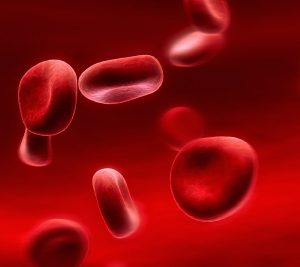Obscure Organs – Part 3
 While most of us don’t faint at the sight, nobody likes to see their own blood. We prefer to leave blood to do its job…out of view. But perhaps this leaves us a bit ignorant of this wonderful tissue, a fluid so important to the body that some biologists believe it should be considered an organ. Consider merely the amazing features of the unique blood molecule hemoglobin, designed for efficient oxygen transport in our body:
While most of us don’t faint at the sight, nobody likes to see their own blood. We prefer to leave blood to do its job…out of view. But perhaps this leaves us a bit ignorant of this wonderful tissue, a fluid so important to the body that some biologists believe it should be considered an organ. Consider merely the amazing features of the unique blood molecule hemoglobin, designed for efficient oxygen transport in our body:
- Huge capacity for carrying oxygen – each molecule holds four O2 molecules. So one red blood cell can carry about a billion molecules of oxygen! This is far more efficient than just loose O2 floating around in the blood. Hemoglobin allows animals to carry 70X more oxygen than would otherwise be saturable in blood without hemoglobin.
- Uniquely holds it tighter when there’s more (typically a binder will more easily lose a substance if there’s lots of it). Hemoglobin has a higher affinity as it gains. So high O2 pressure in the lungs gets it started, but then as the red blood cell fills up, it carries it tighter and really wants to fill up completely. After it picks up that last O2, it won’t be likely to give it up easily. So the really oxygen deprived tissues are the first to pry some away. But once it starts to diffuse out, hemoglobin holds O2 more loosely and gives up every last one…efficiently returns to the lungs oxygen free.
- Hemoglobin can also pick up CO2 in its proteins chains, carrying it back to the lungs for removal.
There are many other marvels of this “river of life” we call blood. Without its constant nutritious flow, you would be brain dead in just a few minutes. The Bible aptly stated thousands of years ago: “For the life of the flesh is in the blood:” (Leviticus 17:11).
Posted on April 1, 2017 by dwoetzel.
